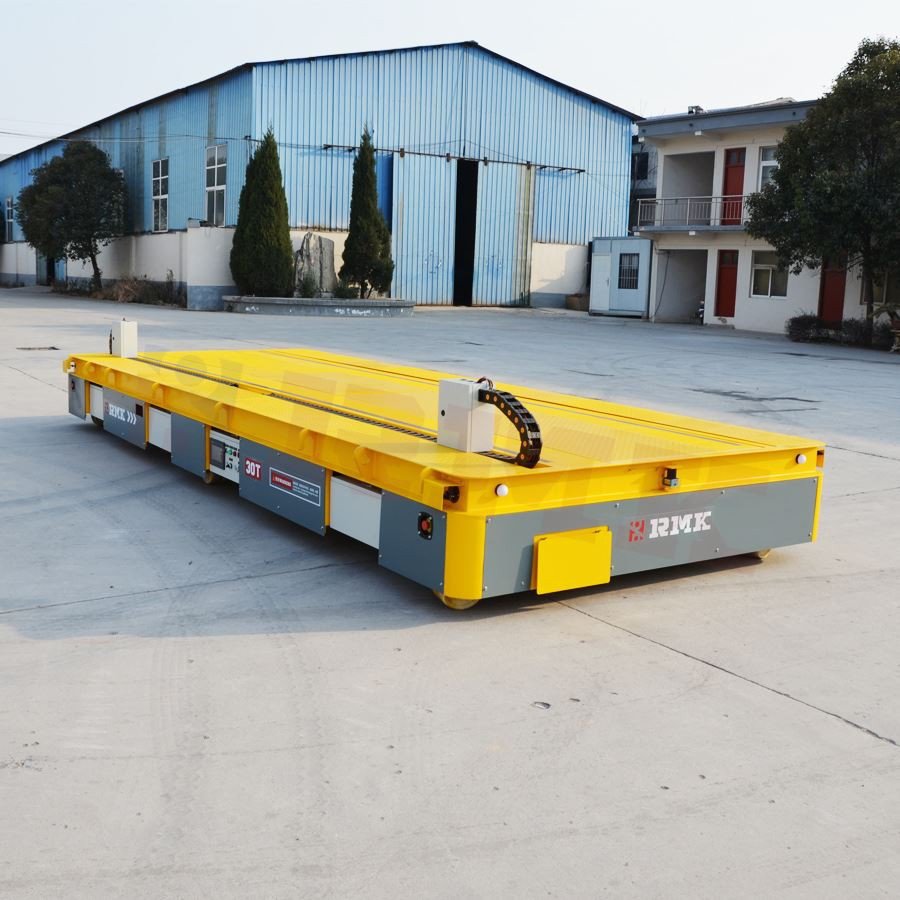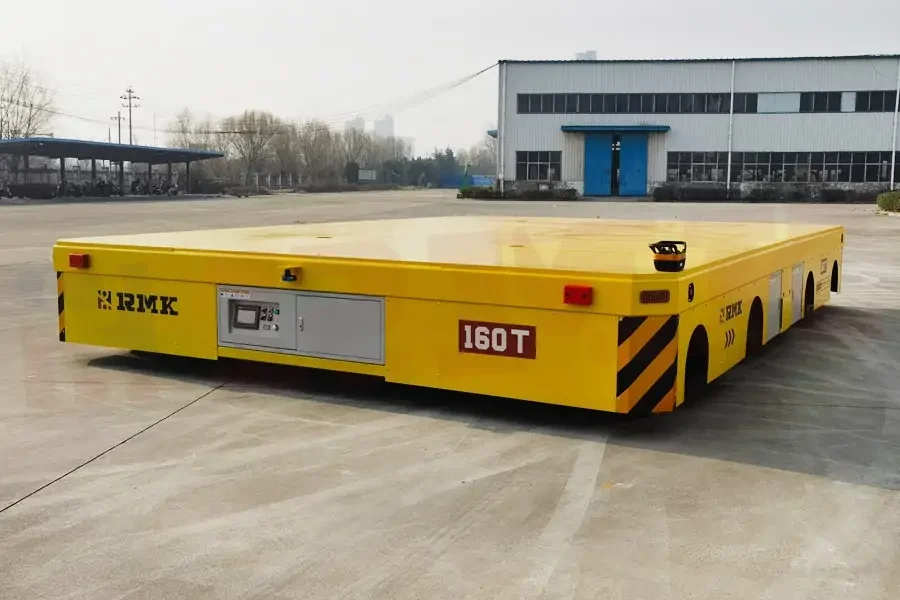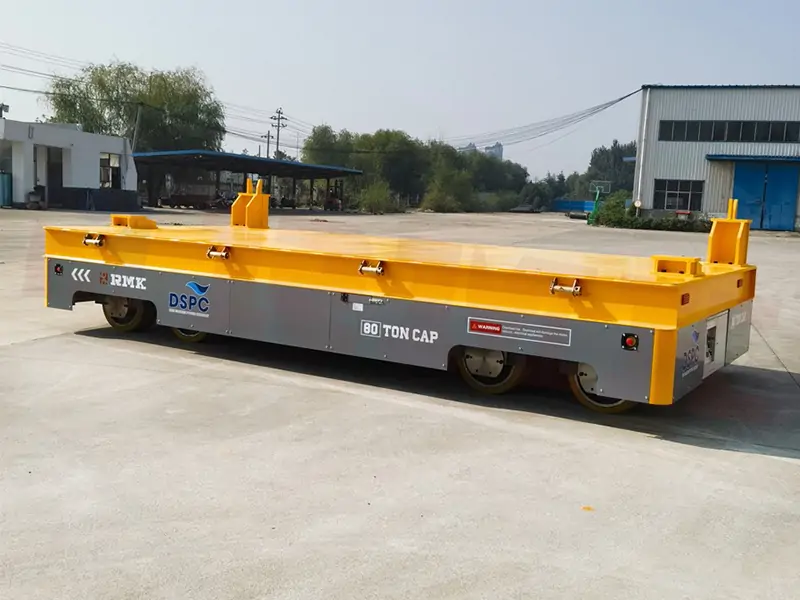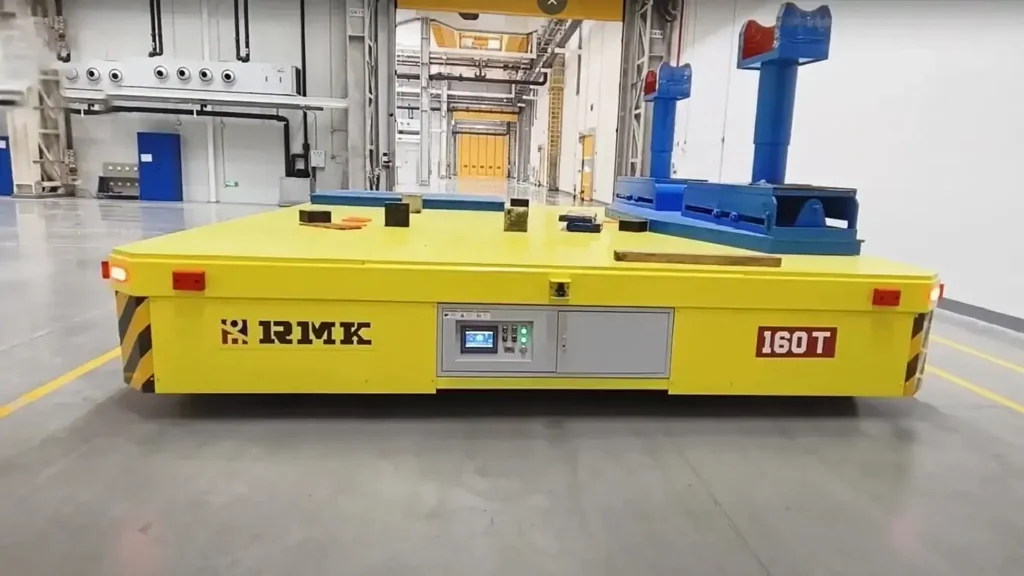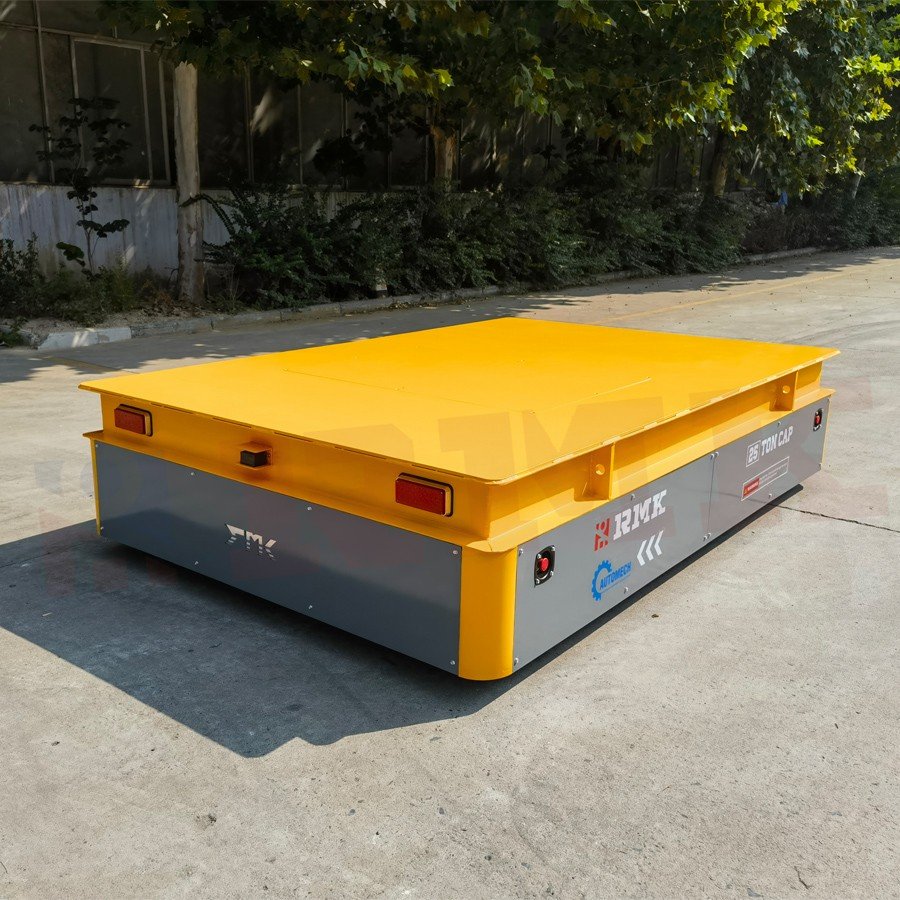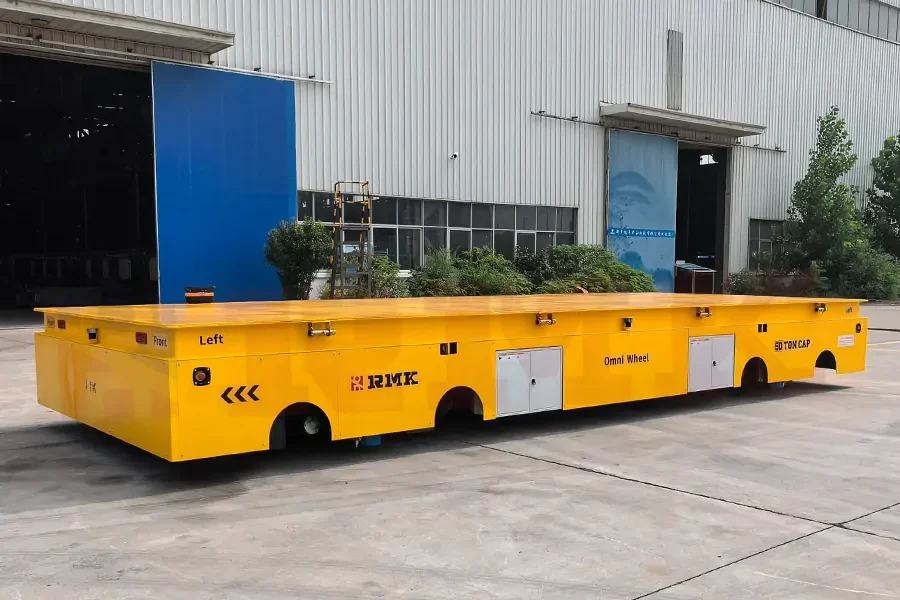Die transfer cart and mold transfer cart are the most common transfer carts, which are mainly used for the transportation, storage and turnover of molds. Choosing the right mold transportation equipment can not only improve work efficiency and also reduce the risk of manual handling. Although they are all used for molds, there are still some differences. This article will discuss their characteristics, scope of use, purchase advice and how to maintain them:
Definition and characteristics of Die transfer cart and Mold transfer cart
Die transfer cart:Usually refers to a mobile cart with wheels, mainly used in workshops and for short-distance transport of molds. It is usually equipped with universal wheels or fixed wheels, and is pushed or pulled manually. Depending on the design, it can carry hundreds kilogram to several tons of molds. It is often used for temporary turnover, maintenance and assembly of molds. Common ones include: flatbed carts, layered carts and hydraulic lift carts.
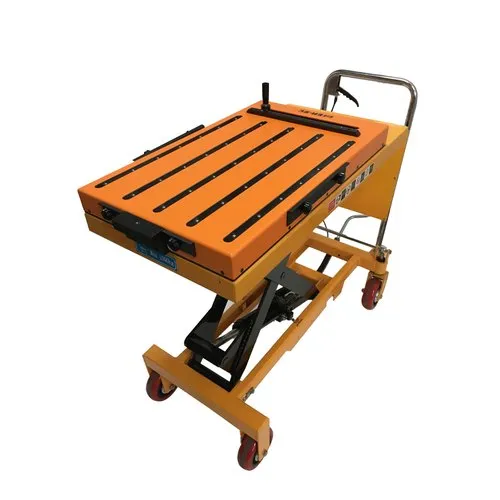
mold transfer cart:Die transfer cart is a more comprehensive mold transport device. It may be equipped with drawers, brackets, locking devices, and some are designed with anti-collision edges or dust covers to protect precision molds from damage. It integrates storage, protection or auxiliary operation functions, and can work more efficiently with other equipment. Common equipment includes rotary mold carts, heavy-duty mold carts, and constant temperature mold carts.
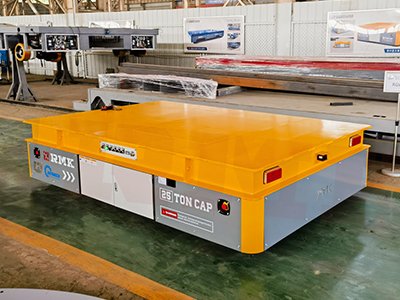
Die transfer cart VS Mold transfer cart Key Comparison:
| Comparison Item | Die transfer cart | Mold transfer cart |
| Primary Purpose | Temporary handling, transfer | Transport + Storage + Protection |
| Load Capacity | Typically 100kg – 2 tons | Up to several tons (for heavy molds) |
| Mobility | Manual pushing (lightweight) | Manual/Mechanical assistance (e.g., forklift) |
| Cost | Lower cost | Higher cost (more features) |
| Industries | General manufacturing, small batch | Automotive, precision injection molding, heavy stamping |
| Mobility Features | Lightweight, easy to maneuver | More stable, may require equipment assistance |
| Functionality | Primarily transportation | Transportation + Storage + Auxiliary operations |
| Complexity | Simple structure, lower cost | More integrated features, higher cost |
| Usage Scenario | Temporary transfer, small batches | Long-term storage, precision mold management |
Through the above understanding and comparison, I believe you have a simple understanding of them. So if we apply them in our work, how should we choose them? Now you have two ways to choose. 1. Contact our professional team now and tell us your needs. We will contact you as soon as possible to solve your problem and provide you with free high-cost-effective product recommendations and efficient work suggestions; 2. Let’s discuss how to choose products and what we should pay attention to when purchasing products.
Professional advice on mold transfer cart selection and purchase
Purchase advice:
When choosing a mold transfer cart, we need to comprehensively consider the mold characteristics, workshop environment,so that we can meet current production needs and ensure long-term use of it;
1. We choose a suitable transfer cart based on common mold parameters
Small molds (<500kg): give priority to multi-layer carts or folding carts.
Medium molds (500kg-2T): choose a reinforced steel structure flatbed cart with anti-slip rubber pads and locking devices. If you need to adjust the height frequently (such as changing molds on an injection molding machine), choose a hydraulic lift model to improve efficiency.
Large/heavy molds (>2T): It is recommended to customize a heavy-duty mold cart, which needs to be equipped with a hydraulic auxiliary system and a forklift slot to ensure stable handling.
2. Purchase according to the workshop environment
For epoxy floor or clean workshop: We choose mold transfer cart with polyurethane silent wheel
For oily/humid area: stainless steel 304 material + rust-proof bearing
For uneven ground: large diameter nylon wheel (≥125mm) + shock absorption design
For narrow space and unchanged channel, we need to choose universal wheel + directional wheel combination with brake function to avoid uncontrolled collision.
For heavy molds in large indoor environment or outdoor, we can customize a product for use according to actual situation.
Purchase suggestions of Die transfer cart and Mold transfer cart:
Supplier qualifications: give priority to manufacturers with experience in mold industry services,
Required to provide:
1. Third-party load-bearing test report
2. Material certification (such as SUS304 stainless steel certificate)
On-site acceptance:
1. Test whether the full-load push is offset (deviation within 10 meters in a straight line ≤5cm)
2. Check whether the weld is uniform and crack-free (X-ray flaw detection report is preferred)
3. After-sales terms: core components (such as wheels, hydraulic cylinders) warranty ≥2 years, emergency repair response ≤24 hours, etc.
When you purchase a mold transfer vehicle, if you have more questions or need a customized solution, you can contact us now, we have a professional team to serve you; we are experts in the transfer industry, we have a professional team, we have many cooperative enterprises, and have rich transfer experience. A professional supplier is your first choice. Choosing us is the beginning of your efficient work. We look forward to your cooperation.


